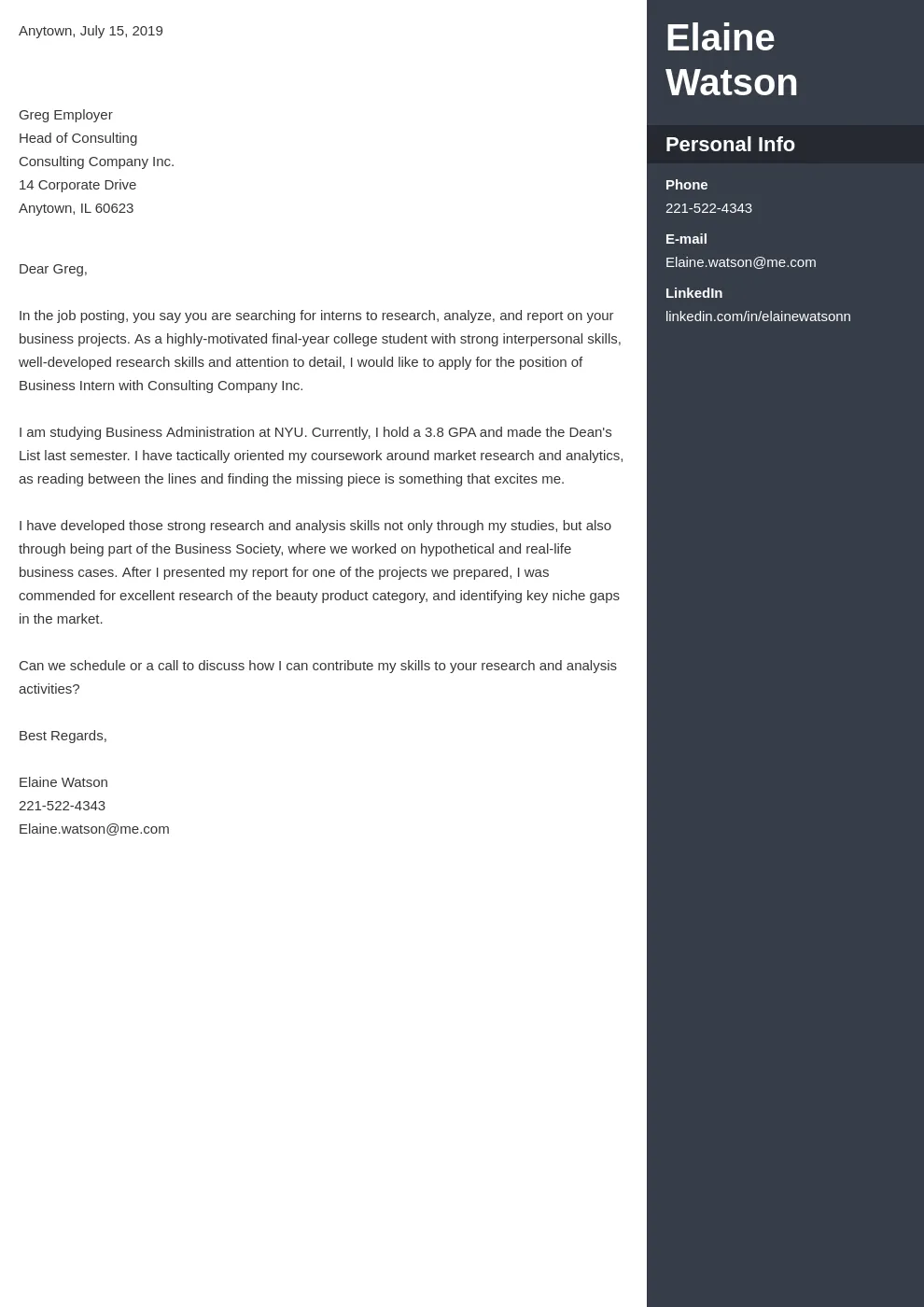What is a Business Cover Letter?
A business cover letter is a formal document that accompanies your resume when you apply for a job. Its primary purpose is to introduce you to a potential employer, highlight your key skills and experiences, and express your interest in the specific position. Unlike a resume, which provides a factual summary of your career, a cover letter allows you to showcase your personality, writing skills, and how your qualifications align with the company’s needs. Think of it as your first chance to make a strong impression and persuade the hiring manager to read your resume in detail. It’s a vital tool in today’s competitive job market, providing context and demonstrating your genuine enthusiasm for the role and the organization.
Importance of a Business Cover Letter
The importance of a business cover letter cannot be overstated. It’s often the first thing a hiring manager sees, setting the tone for how they perceive your application. A well-written cover letter demonstrates professionalism, attention to detail, and strong communication skills. It allows you to explain any gaps in your employment history, elaborate on your accomplishments, and tailor your application to the specific job requirements. Furthermore, a cover letter provides an opportunity to showcase your understanding of the company’s mission, values, and culture, demonstrating that you’ve done your research and are genuinely interested in the opportunity. In many cases, it can be the deciding factor between getting an interview and having your application rejected.
Key Components of a Business Cover Letter
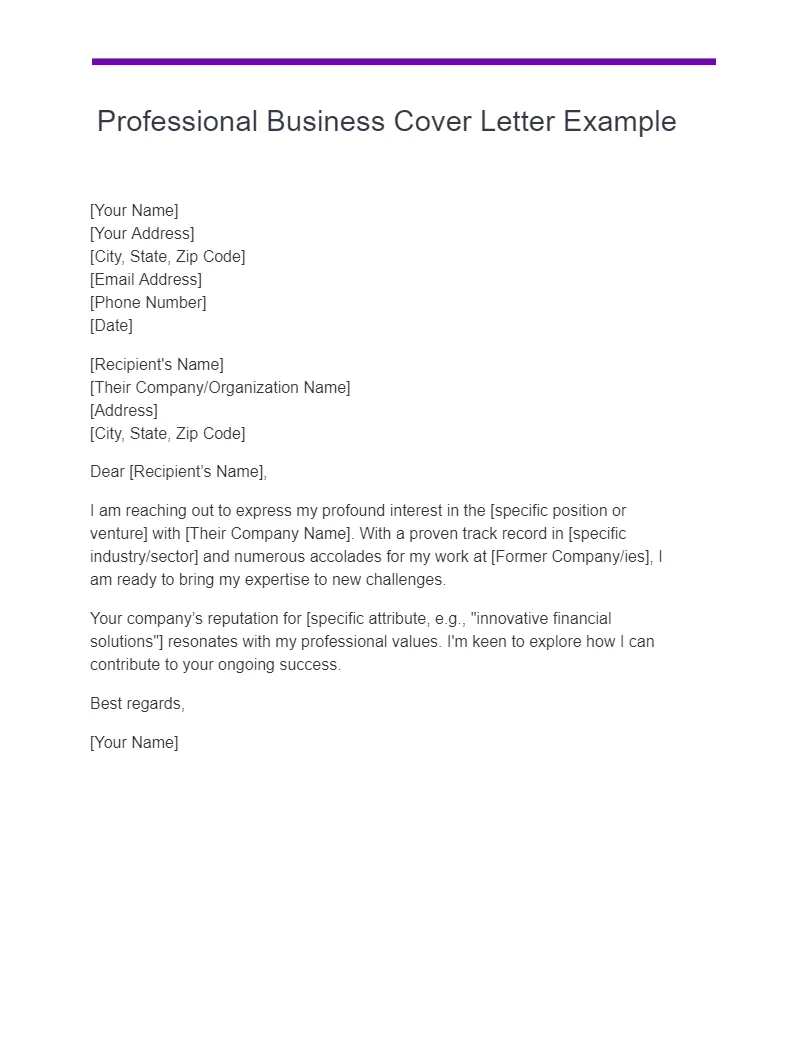
A strong business cover letter comprises several essential components. These elements work together to create a compelling narrative that grabs the reader’s attention and convinces them of your suitability for the role. Each section serves a specific purpose and contributes to the overall impact of your application. Ignoring or neglecting any of these components can weaken your cover letter and diminish your chances of success. Therefore, understanding and implementing these elements is crucial for crafting an effective business cover letter that makes a lasting impression on potential employers.
Contact Information
Start your cover letter with your contact information. This typically includes your full name, address, phone number, and email address. Ensure the email address is professional and appropriate for a job application. Place this information at the top left or right corner of the page. This allows the hiring manager to easily reach you. This section ensures the hiring manager can readily contact you if they wish to proceed with your application. A well-presented contact section reflects your attention to detail and professionalism.
Date
Below your contact information, include the date you are writing the letter. This helps establish when the letter was written and provides a reference point for the application. The date should be formatted correctly, using the standard format for your region (e.g., Month Day, Year). This is a basic element, but it shows you understand professional conventions.
Recipient’s Information
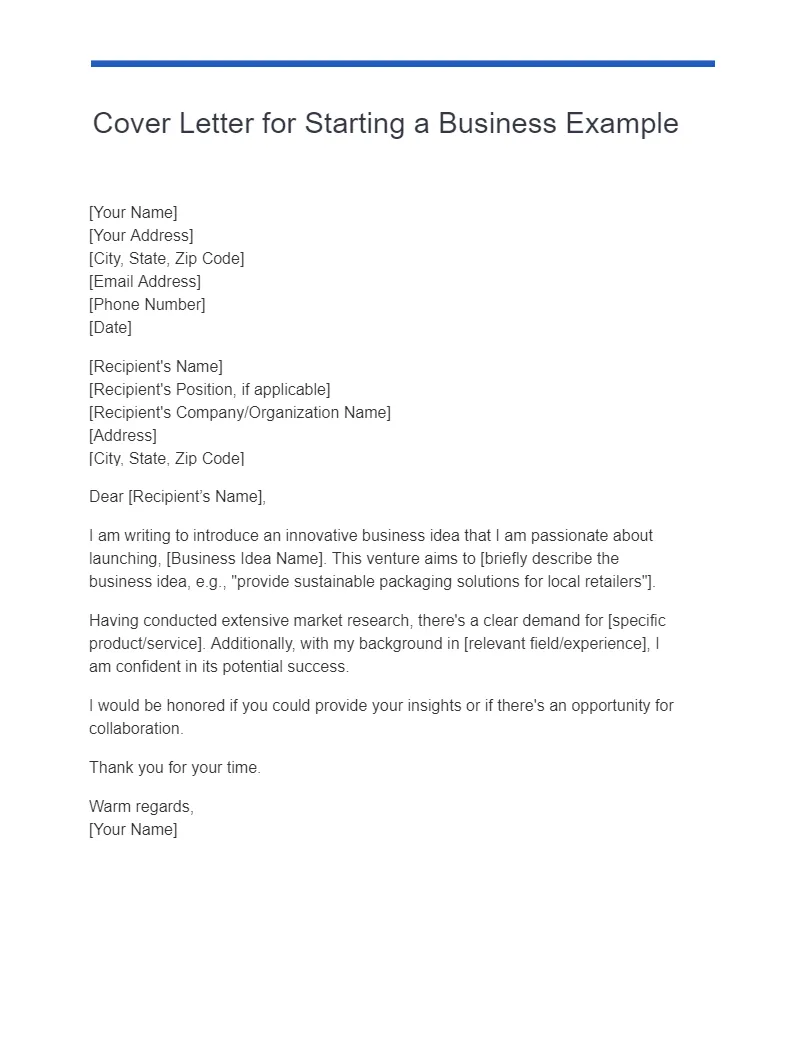
Next, include the recipient’s information. This should include the hiring manager’s name (if known), their title, the company name, and the company’s address. Addressing the letter to a specific person is preferable as it shows you’ve done your research and are making a personal connection. If you are unable to find a specific name, you may use a general title like ‘Hiring Manager.’ Correctly addressing the recipient demonstrates your attention to detail.
Greeting
Begin your cover letter with a professional greeting. ‘Dear Mr./Ms./Mx. [Last Name]’ is the standard format when you know the hiring manager’s name. If you do not know the name, use a formal greeting such as ‘Dear Hiring Manager’ or ‘Dear [Department Name] Team.’ Avoid overly casual greetings. The greeting sets the tone for the rest of the letter, so choosing an appropriate and professional one is crucial. It’s essential to maintain a professional and respectful tone throughout your cover letter.
Body Paragraphs of a Business Cover Letter
The body of your business cover letter is where you make your case. These paragraphs allow you to elaborate on your skills, experiences, and why you are the best candidate for the job. Structure your body paragraphs logically to create a compelling narrative that convinces the reader of your suitability. Each paragraph should have a clear focus and contribute to the overall message. The body paragraphs are your opportunity to truly shine and demonstrate your value to the potential employer.
First Paragraph Purpose and Content
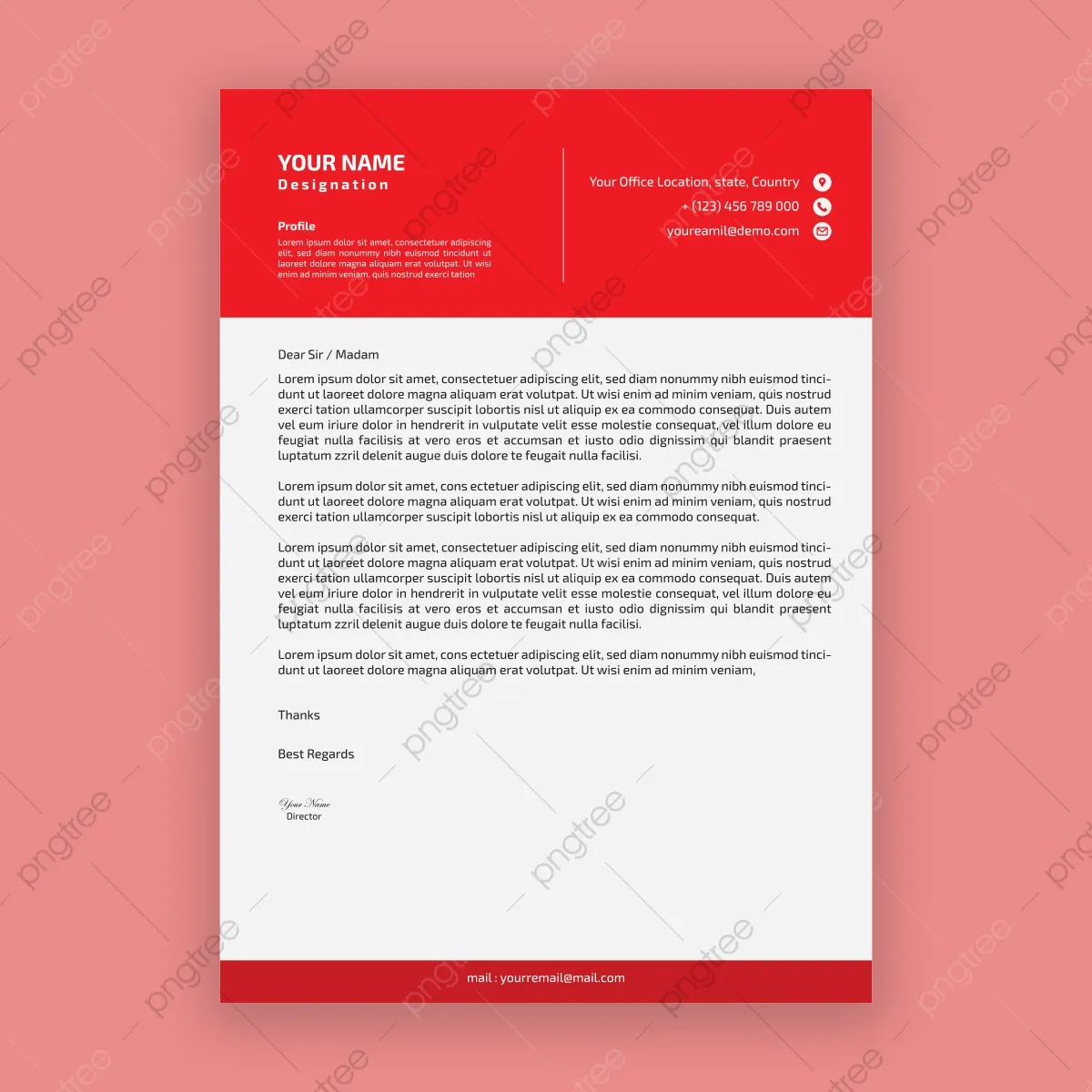
The first paragraph should state the position you are applying for and how you learned about the opportunity. Briefly mention where you saw the job posting (e.g., LinkedIn, company website, referral). Include a brief, enthusiastic statement about your interest in the role and the company. This section should immediately grab the reader’s attention and set the stage for the rest of the letter. Keep this paragraph concise, focusing on the essential information to encourage the reader to continue.
Highlighting Your Skills and Experience (Second Paragraph)
In the second paragraph, highlight your most relevant skills and experiences. Tailor this section to the specific requirements of the job description. Use action verbs and quantifiable achievements to demonstrate your value. Instead of simply listing your responsibilities, explain how you’ve used your skills to achieve positive results. Provide specific examples of your accomplishments. This section is where you show the employer what you bring to the table, clearly connecting your skills and experience with the job’s requirements.
Expressing Enthusiasm and Interest (Third Paragraph)
The third paragraph should express your enthusiasm for the company and the specific role. Demonstrate that you have researched the company and understand their mission, values, and goals. Explain why you are interested in working there and how your values align with theirs. Mention any specific projects or initiatives you find particularly appealing. Showing genuine interest and knowledge about the company can significantly increase your chances of making a strong impression. This section should go beyond simply stating your interest and showcase your understanding of the company’s unique position.
Call to Action (Concluding Paragraph)
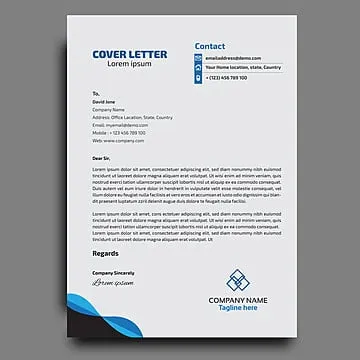
Conclude your cover letter with a call to action. Express your eagerness for an interview and reiterate your interest in the position. Thank the hiring manager for their time and consideration. Provide your contact information one last time. Make sure it’s easy for them to reach you. End with a confident and polite statement. Make it clear that you are ready and available to discuss your qualifications further. This section is crucial for ensuring that the hiring manager knows your next steps and how to move your application forward.
Closing and Signature
Close your cover letter with a professional closing such as ‘Sincerely,’ ‘Best regards,’ or ‘Thank you.’ Leave space for your signature, and then type your full name. If you are sending a digital cover letter, you can type your name; if you’re printing the letter, leave space to sign it in ink. Ensure the closing reflects the tone of your letter and maintains a formal and respectful demeanor. The closing and signature provide a polished finish to your cover letter, conveying a sense of professionalism and respect.
Formatting Your Business Cover Letter
Proper formatting is essential for a professional-looking cover letter. Formatting affects readability and creates a positive first impression. Pay close attention to the font, margins, and spacing to create a visually appealing document. A well-formatted cover letter is easy to read and demonstrates your attention to detail. It reflects your understanding of professional standards and boosts your chances of getting noticed. A poorly formatted letter can distract the reader from your qualifications.
Font and Size
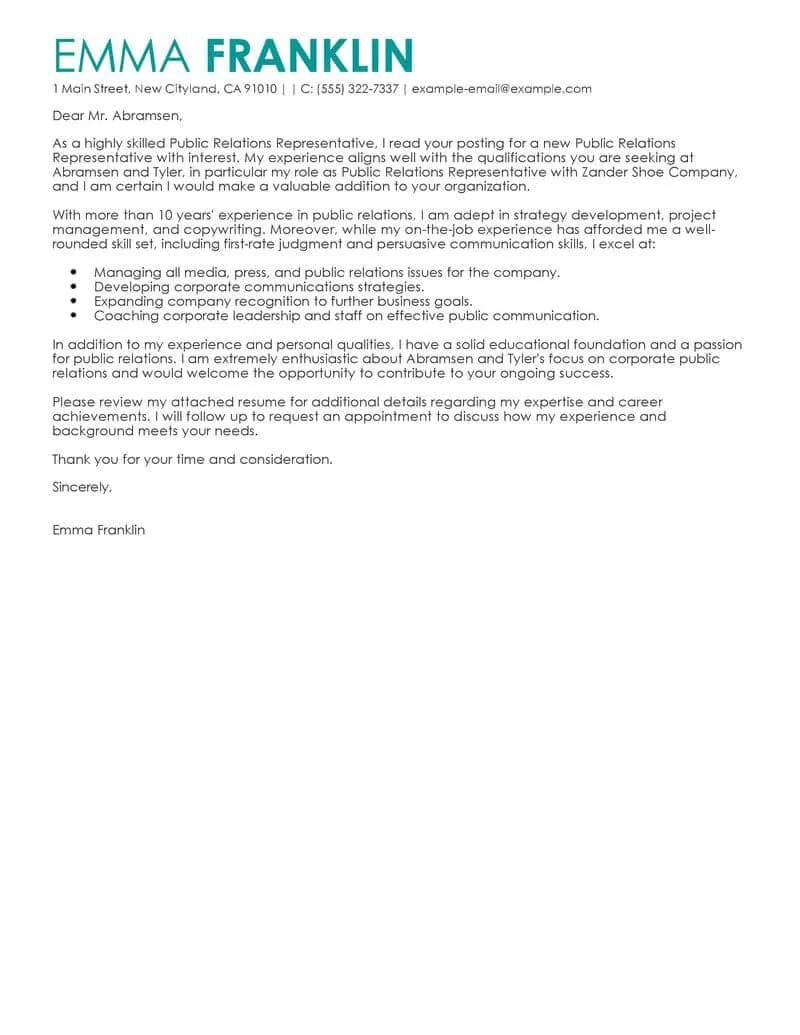
Choose a professional and easy-to-read font such as Times New Roman, Arial, or Calibri. Use a font size of 11 or 12 points. Avoid using overly stylized or decorative fonts, as they can be difficult to read. Consistency in font and size throughout the document is critical for a professional appearance. Stick with fonts that are clear and widely accepted in professional contexts, to ensure your cover letter looks polished and is easy to read for any potential employer.
Margins and Spacing
Set your margins to one inch on all sides. Use single-spacing within paragraphs and double-spacing between paragraphs. Proper spacing makes your cover letter easy to read and gives it a clean and organized appearance. Proper margins and spacing contribute to a balanced and professional aesthetic, enhancing the overall presentation of your cover letter. Ensure a professional layout that provides visual clarity. This ensures the document looks neat and professional.
Proofreading and Editing Your Cover Letter
Before submitting your cover letter, proofread it carefully for any errors in grammar, spelling, and punctuation. Use a spell-checker and grammar-checker tool. Read the letter aloud to catch any awkward phrasing or sentences that don’t flow well. Ask a friend or family member to review it as well. Proofreading is essential for avoiding mistakes that can damage your credibility. Errors can create a negative impression and detract from your qualifications. A thoroughly proofread cover letter shows attention to detail and professionalism.
Common Mistakes to Avoid
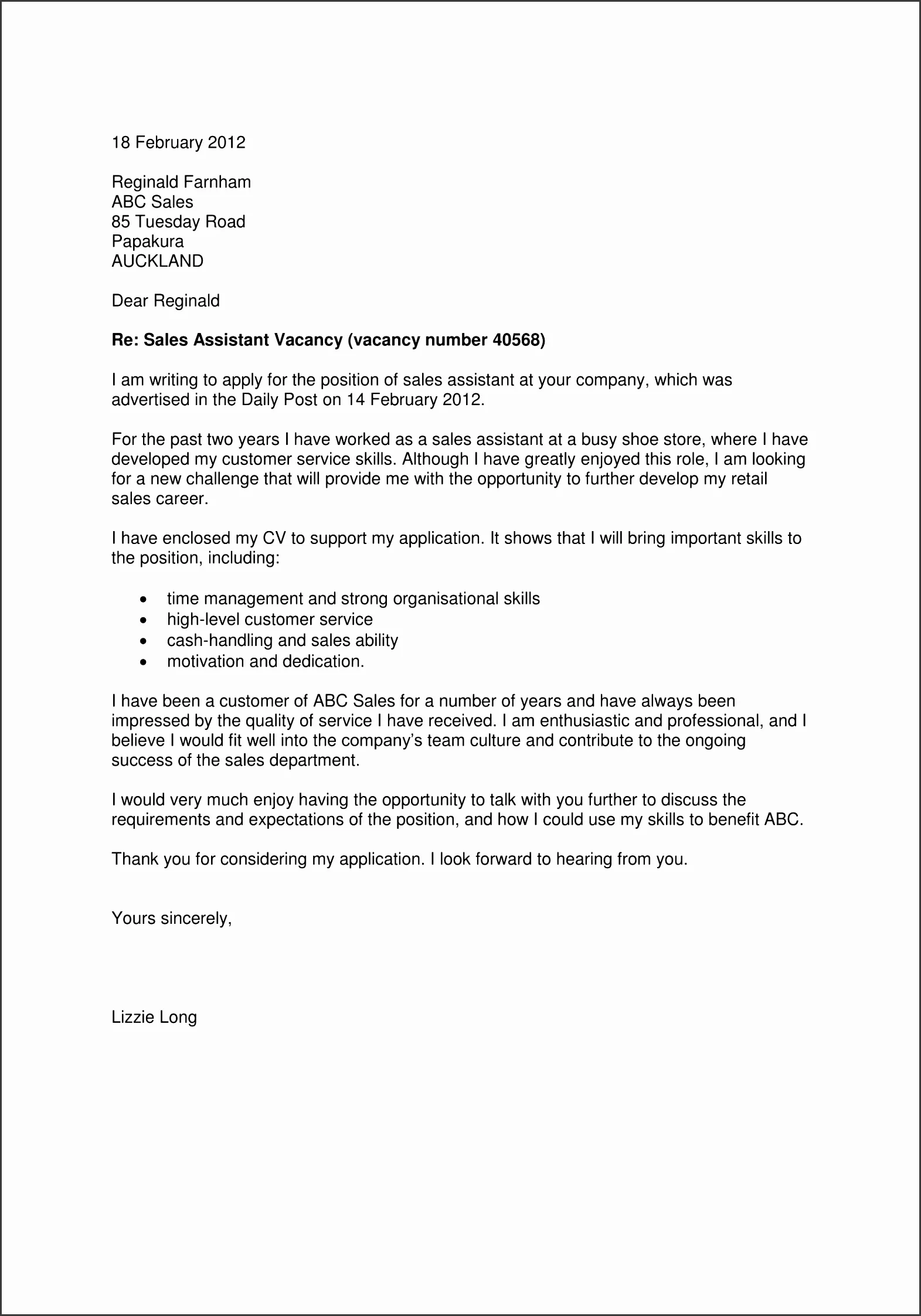
Several common mistakes can undermine your cover letter. Avoid generic language and clichés. Do not simply repeat your resume; instead, elaborate on your achievements. Do not include irrelevant information. Tailor each cover letter to the specific job. Avoid typos, grammatical errors, and excessively long paragraphs. Failing to tailor the letter, or using templates without customizing them, are also significant mistakes. Be sure the tone is appropriate for the job and company. By avoiding these common errors, you can increase the effectiveness of your cover letter.
Using a Cover Letter Template
Using a cover letter template can save time and help you create a professional-looking document. However, it’s crucial to customize the template to fit your specific needs. Using a template is a great starting point, but customization is what makes your cover letter unique. Don’t just fill in the blanks. Tailor it to the specific job, highlighting your relevant skills and experiences. Templates offer a solid structure, but personalized content makes your application stand out. Always tailor to the specific job description to showcase your suitability.
Where to Find Templates
Many websites offer free and paid cover letter templates. Some popular sources include Microsoft Word, Google Docs, and various online resume builders. When choosing a template, make sure it’s professional, well-designed, and easily customizable. The format should align with your style and the industry standards for the job you are applying for. Remember to select a template that you can easily adapt to showcase your specific skills. Ensure that the template is easy to download and edit, so that you can personalize it effectively.
Customizing Templates to Fit Your Needs
Customizing the template is critical for making your cover letter unique. Replace the placeholder text with your own information and tailor the content to the specific job. Highlight your most relevant skills and experiences, using keywords from the job description. Personalize the greeting and closing. Adapt the format to reflect the company’s style. Customize the template to align with your brand and the specific job requirements. Personalize it by adding details about why you are interested in the job and how you learned about it.
Business Cover Letter Template Examples
Reviewing different cover letter template examples can provide inspiration and guidance. Look for examples relevant to your industry and the type of job you are applying for. Analyze how the examples are structured, and how they present the information. You can adapt elements from multiple templates to create a personalized cover letter. Use examples as a starting point and customize them to suit your individual qualifications and the job requirements. Analyzing various examples helps you see different approaches and refine your own cover letter.
